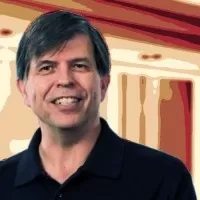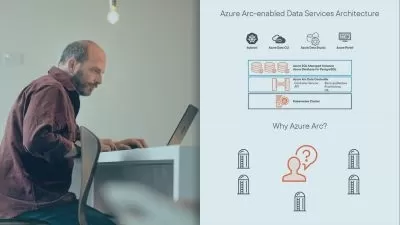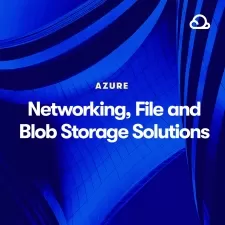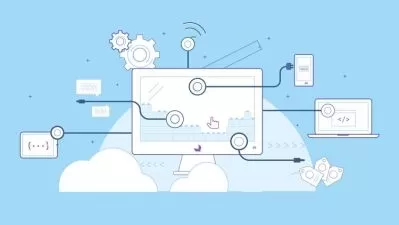Azure Cosmos DB: Table API
Walt Ritscher
1:23:58
Description
Azure supports many flavors of NoSQL databases, including the popular key-value table approach. This is the simplest type of NoSQL database—each entry is identified by a unique key, yet the data format is flexible, and the data store is extremely scalable. There are two ways to provision NoSQL table-based data in Azure: Azure Table Storage and Cosmos DB Table API. There are advantages to both, and in this course instructor Walt Ritscher describes the differences between the two service models, so you can choose the best model for your data. Most of this course looks at the Cosmos DB option, and Walt shows you how to provision a Cosmos DB database and edit data in the tables, how to access the data with the REST API and the .NET SDKs, and how to query and manipulate the data. Finally, he looks at how to scale out the database to other Azure regions.
More details
User Reviews
Rating
Walt Ritscher
Instructor's Courses
Linkedin Learning
View courses Linkedin Learning- language english
- Training sessions 35
- duration 1:23:58
- Release Date 2022/12/28

















